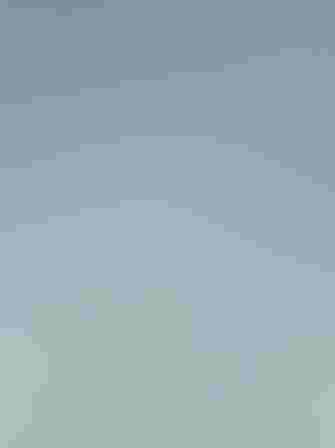Gulls
Bill of moderate length, straight, compressed, acute; upper mandible with the dorsal line generally straight until toward the end, when it is decurved, the ridge convex, the nasal groove rather long, the edges sharp, direct, overlapping, the tip rather acute and declinate; lower mandible with the angle long and very narrow, the dorsal line ascending and nearly straight, with an angular prominence at its commencement. Nostrils sub-medial or basal, oblong. Head of moderate size, ovate; neck of moderate length; body rather stout. Legs short or of moderate length; tibia bare at its lower part; tarsus anteriorly scutellate; toes four, the first very small, free, the third longest; anterior toes connected by webs. Claws small, arched, compressed, rather acute. Plumage full, soft, blended, somewhat compact on the back and wings, the latter long and pointed; tail of twelve feathers, even, rounded, or emarginate. Tongue long, slender, pointed; oesophagus very wide; stomach rather small, moderately muscular, with a dense, longitudinally rugous epithelium; intestine of moderate length and width; coeca small; cloaca globular. Trachea simple, with a single pair of inferior laryngeal muscles. Nest on the ground, rudely constructed. Eggs few, not exceeding four, spotted. Young covered with down.
Genus I : Gull
Genus II : Skimmer
Genus III : Tern
About This Guide
High-resolution images courtesy of the John James Audubon Center at Mill Grove, Audubon, PA, and the Montgomery County, PA, Audubon Collection. Learn more about the John James Audubon Center.
Get Audubon in Your Inbox
Let us send you the latest in bird and conservation news.

















